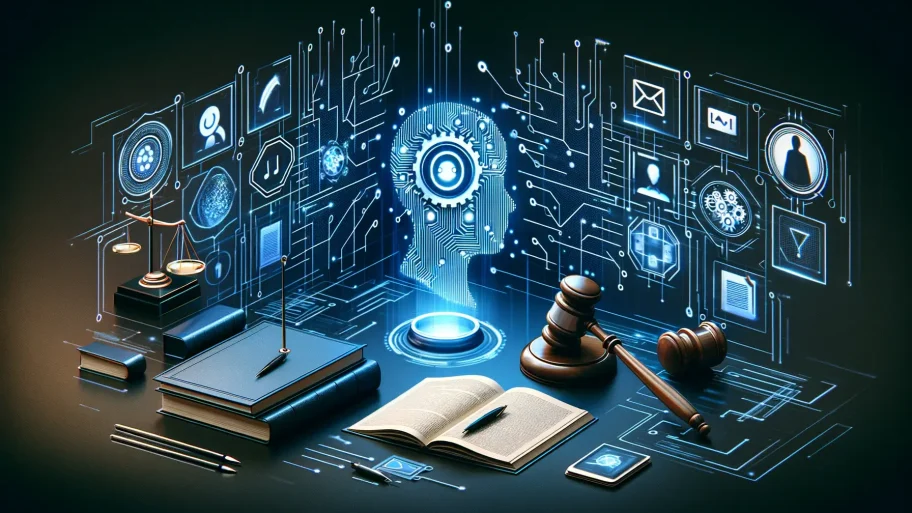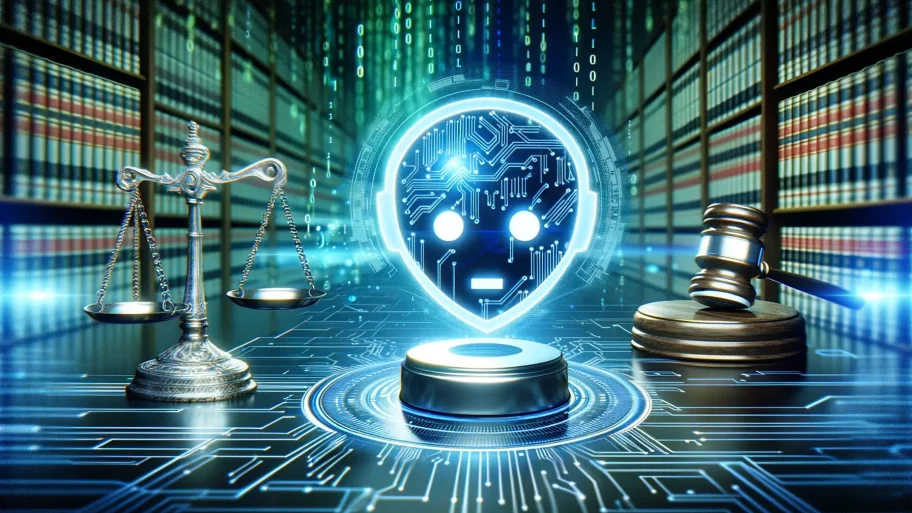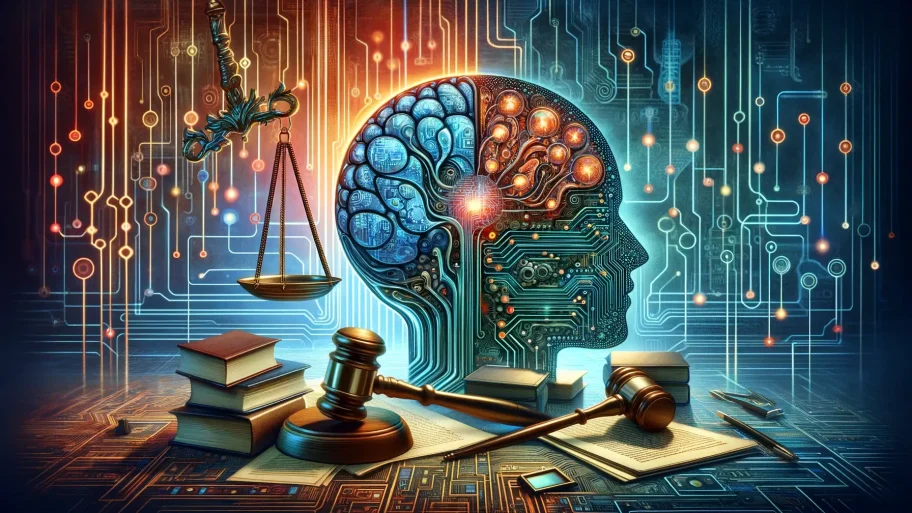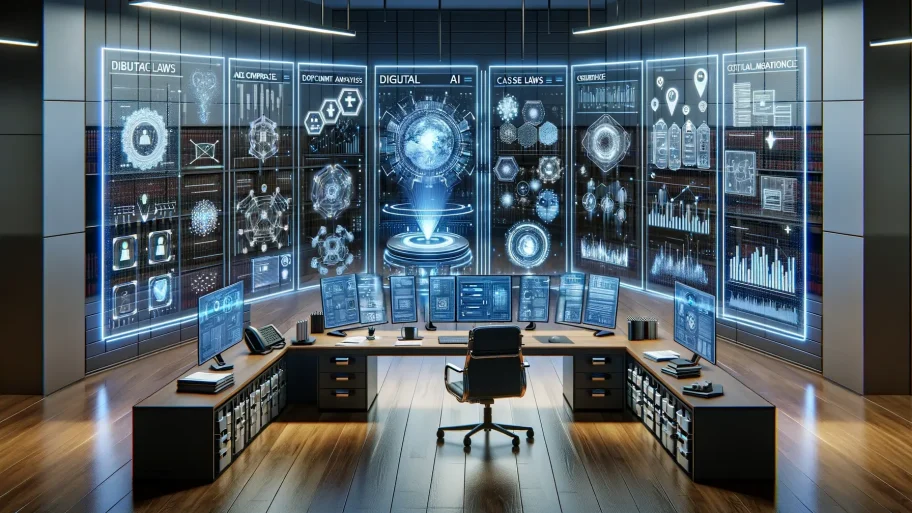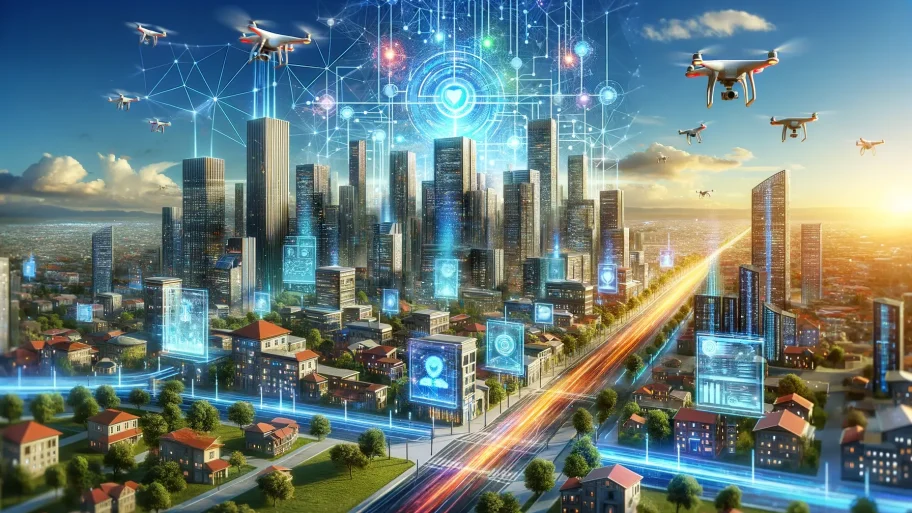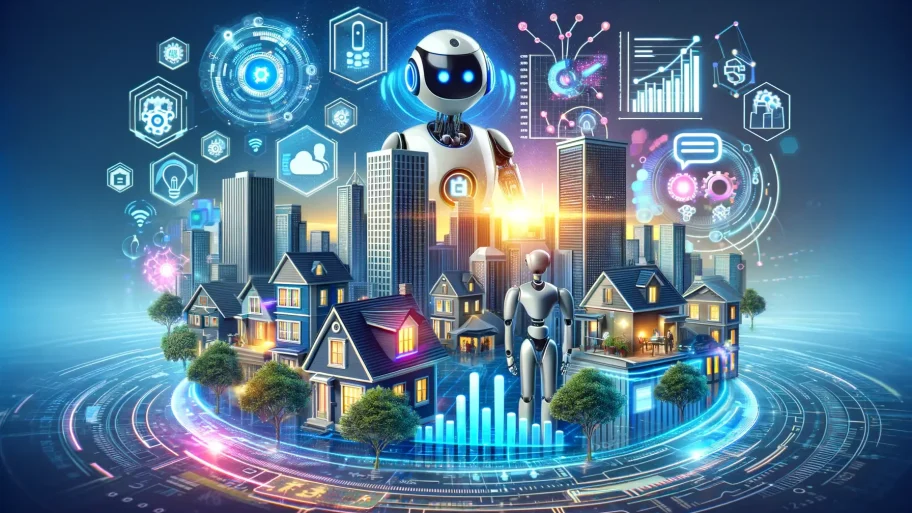Top 5 AI Use Cases In Virtual Reality Art
- By Matt

Attention VR Art Enthusiasts and Industry Professionals!
Are you prepared for the potential risks of falling behind in the rapidly advancing field of AI-enhanced virtual reality art? The challenges of remaining competitive and innovative in VR art creation are looming larger than ever.
In this article, we’ll explore how AI can revolutionize VR art, transforming creativity, interactivity, and realism.
Key Takeaways
- AI-Driven Content Creation sparks unprecedented levels of creativity and innovation in VR art.
- Realistic Virtual Environments immerse users in lifelike art experiences.
- Interactive Art Experiences engage users in real-time, dynamic interactions.
- Machine Learning for Art Development creates new, unique art forms by analyzing existing styles.
- AI in Art Restoration ensures the longevity and accuracy of digital art.
Use Case #5: AI in Art Restoration
Starting our countdown at number 5 is the critical application of AI in art restoration, a key process for preserving the integrity of digital art in virtual reality.
The Challenge of Digital Art Preservation
Digital art, especially in virtual reality, is susceptible to degradation and data loss. Traditional restoration methods are often inadequate for the unique challenges posed by VR art.
These issues add stress to maintaining the quality and longevity of digital art, making it difficult to preserve the original vision and detail of the artwork.
Impacts of Poor Art Restoration
- Loss of artistic detail
- Decreased artwork longevity
- Increased preservation costs
- Compromised art integrity
How AI Enhances Art Restoration
AI technologies analyze and restore digital art by filling in missing data and correcting degradations with remarkable accuracy. This ensures that virtual reality artworks retain their original quality and detail over time.
Implementing AI in art restoration enhances the preservation process, ensuring the longevity and integrity of digital artworks.
Table 1: Key Benefits of AI-Enhanced Art Restoration
| Benefit | Description |
|---|---|
| Improved Detail Preservation | AI restores and maintains intricate details of digital art |
| Extended Longevity | Enhanced restoration techniques ensure long-term preservation |
| Cost Savings | Reduced need for frequent restorations lowers costs |
| Maintained Art Integrity | Accurate restoration preserves the original vision of the artwork |
Table 1 highlights the significant benefits of implementing AI-enhanced art restoration in VR art.
Preserving Digital Art with AI
AI-powered art restoration is transforming how digital artworks are preserved, ensuring they remain true to their original form and detail. This technology minimizes degradation and optimizes the preservation process.
As AI continues to evolve, art restoration techniques will become even more precise, further enhancing the longevity and integrity of digital artworks.
Use Case #4: Machine Learning for Art Development
Using machine learning for art development revolutionizes how new, unique art forms are created by analyzing and learning from existing styles.
The Complexity of Creating Unique Art
Developing new and unique art forms in virtual reality is challenging due to the vast amount of existing styles and techniques. Innovating within this space requires deep understanding and creativity.
This complexity adds stress to the art development process, making it difficult to create distinctive and original works.
Challenges in Art Development
- Difficulty in creating unique styles
- Time-consuming creative processes
- Limited innovation within existing paradigms
- High resource expenditure
Machine Learning for Art Development
Machine learning algorithms analyze vast datasets of existing art styles to generate new, unique art forms. This automated analysis and creation process accelerates innovation and expands creative possibilities.
Implementing machine learning in art development ensures the continuous creation of unique and innovative artworks, enhancing the overall artistic landscape.
Table 2: Key Benefits of Machine Learning in Art Development
| Benefit | Description |
|---|---|
| Unique Art Forms | Creation of new and distinctive styles |
| Accelerated Innovation | Faster development of creative ideas and artworks |
| Expanded Possibilities | Broader range of creative expressions |
| Efficient Processes | Automated analysis reduces resource expenditure |
Table 2 outlines the benefits of using machine learning for art development in VR art.
Innovating Art Development with Machine Learning
Machine learning transforms the art development process by generating unique and innovative art forms. This technology reduces the time and resources needed for creation, enhancing the overall creative landscape.
As machine learning continues to advance, the possibilities for creating distinctive and original artworks will expand, further enriching the world of virtual reality art.
Use Case #3: Interactive Art Experiences
Interactive art experiences driven by AI engage users in real-time, dynamic interactions, creating immersive and memorable experiences.
The Demand for Interactivity in Art
Users increasingly seek interactive and engaging art experiences. Traditional static artworks often fail to capture and maintain the audience’s attention.
This demand for interactivity adds stress to creating compelling and engaging art experiences, challenging artists to innovate continually.
Challenges in Creating Interactive Art
- Maintaining user engagement
- Designing dynamic interactions
- Integrating real-time responsiveness
- Ensuring immersive experiences
AI-Driven Interactive Art Experiences
AI creates interactive art by enabling real-time user engagement and dynamic responses. This technology allows for personalized and immersive experiences that captivate audiences.
Implementing AI in interactive art ensures that users are fully engaged, enhancing the overall impact and appeal of the artwork.
Table 3: Key Benefits of AI-Driven Interactive Art
| Benefit | Description |
|---|---|
| Enhanced Engagement | Real-time interactions capture user attention |
| Dynamic Experiences | AI creates responsive and personalized interactions |
| Immersive Art | Users are fully immersed in the art experience |
| Innovative Creations | AI enables new forms of interactive art |
Table 3 highlights the benefits of implementing AI-driven interactive art experiences.
Engaging Users with Interactive Art
AI-driven interactive art transforms how users experience and engage with artworks, providing real-time, dynamic interactions. This technology creates memorable and immersive experiences that captivate audiences.
As AI technology continues to evolve, interactive art will become even more engaging and immersive, setting new standards for user experiences in virtual reality art.
Use Case #2: Realistic Virtual Environments
AI enhances the creation of realistic virtual environments, immersing users in lifelike art experiences that mimic real-world scenarios.
The Need for Realism in Virtual Art
Creating realistic virtual environments is crucial for immersive art experiences. However, designing such environments is challenging and resource-intensive.
This need for realism adds stress to the art creation process, requiring advanced technologies and significant resources to achieve lifelike environments.
Challenges in Creating
Realistic Environments
- High resource demands
- Complex design processes
- Maintaining lifelike details
- Ensuring immersive experiences
AI-Driven Realistic Environments
AI leverages advanced algorithms to design highly realistic virtual environments, capturing intricate details and creating immersive experiences. This technology reduces the resource demands and complexity of the design process.
Implementing AI for creating realistic environments ensures lifelike and engaging art experiences, enhancing overall user immersion.
Table 4: Key Benefits of AI-Driven Realistic Environments
| Benefit | Description |
|---|---|
| Immersive Experiences | Highly realistic environments captivate users |
| Resource Efficiency | Advanced algorithms streamline the design process |
| Detailed Realism | AI captures intricate details of real-world scenarios |
| Enhanced Engagement | Users are fully immersed in lifelike environments |
Table 4 outlines the benefits of AI-driven realistic virtual environments in VR art.
Creating Realism with AI
AI-driven realistic environments transform the virtual art experience by providing lifelike and immersive settings. This technology enhances user engagement and immersion, setting new standards for virtual reality art.
As AI continues to advance, the creation of realistic virtual environments will become even more refined, further enhancing the quality and appeal of VR art experiences.
Use Case #1: AI-Driven Content Creation
Leveraging AI for content creation revolutionizes the creative process in virtual reality art, sparking unprecedented levels of creativity and innovation.
The Challenge of Innovating in VR Art
Innovating within the realm of virtual reality art is challenging due to the vast possibilities and the need for continuous creativity. Traditional methods often fall short in exploring new artistic frontiers.
This challenge adds stress to the creative process, making it difficult to consistently produce innovative and impactful art.
Challenges in Content Creation
- High creative demands
- Limited exploration of new ideas
- Time-consuming processes
- Resource-intensive production
AI-Driven Content Creation
AI harnesses advanced algorithms to generate original artworks and virtual reality content. This automated approach accelerates the creative process and enables the exploration of new artistic possibilities.
Implementing AI for content creation sparks creativity and innovation, producing unique and impactful virtual reality art.
Table 5: Key Benefits of AI-Driven Content Creation
| Benefit | Description |
|---|---|
| Unprecedented Creativity | AI generates original and innovative artworks |
| Accelerated Process | Automated content creation speeds up production |
| Exploration of New Ideas | AI enables the exploration of unique artistic possibilities |
| Resource Efficiency | Reduced resource demands in the creative process |
Table 5 highlights the significant benefits of AI-driven content creation in VR art.
Revolutionizing Creativity with AI
AI-driven content creation transforms the creative process in virtual reality art by sparking unprecedented levels of creativity and innovation. This technology accelerates production and expands artistic possibilities.
As AI technology continues to evolve, content creation processes will become even more efficient and innovative, further enriching the world of virtual reality art.
Conclusion
In the rapidly evolving field of virtual reality art, staying ahead is crucial. Failing to integrate AI-driven technologies means missing out on opportunities for increased creativity, interactivity, and realism.
Embracing these advancements not only enhances the quality and impact of VR art but also ensures competitiveness and innovation in this dynamic industry.
Latest Posts
- By Matt | 9 months ago
- By Matt | 1 year ago
- By Matt | 1 year ago
- By Matt | 1 year ago
- By Matt | 1 year ago
- By Matt | 1 year ago
- By Matt | 1 year ago
There are no results matching your search Reset filters?
Trending
There are no results matching your search Reset filters?

